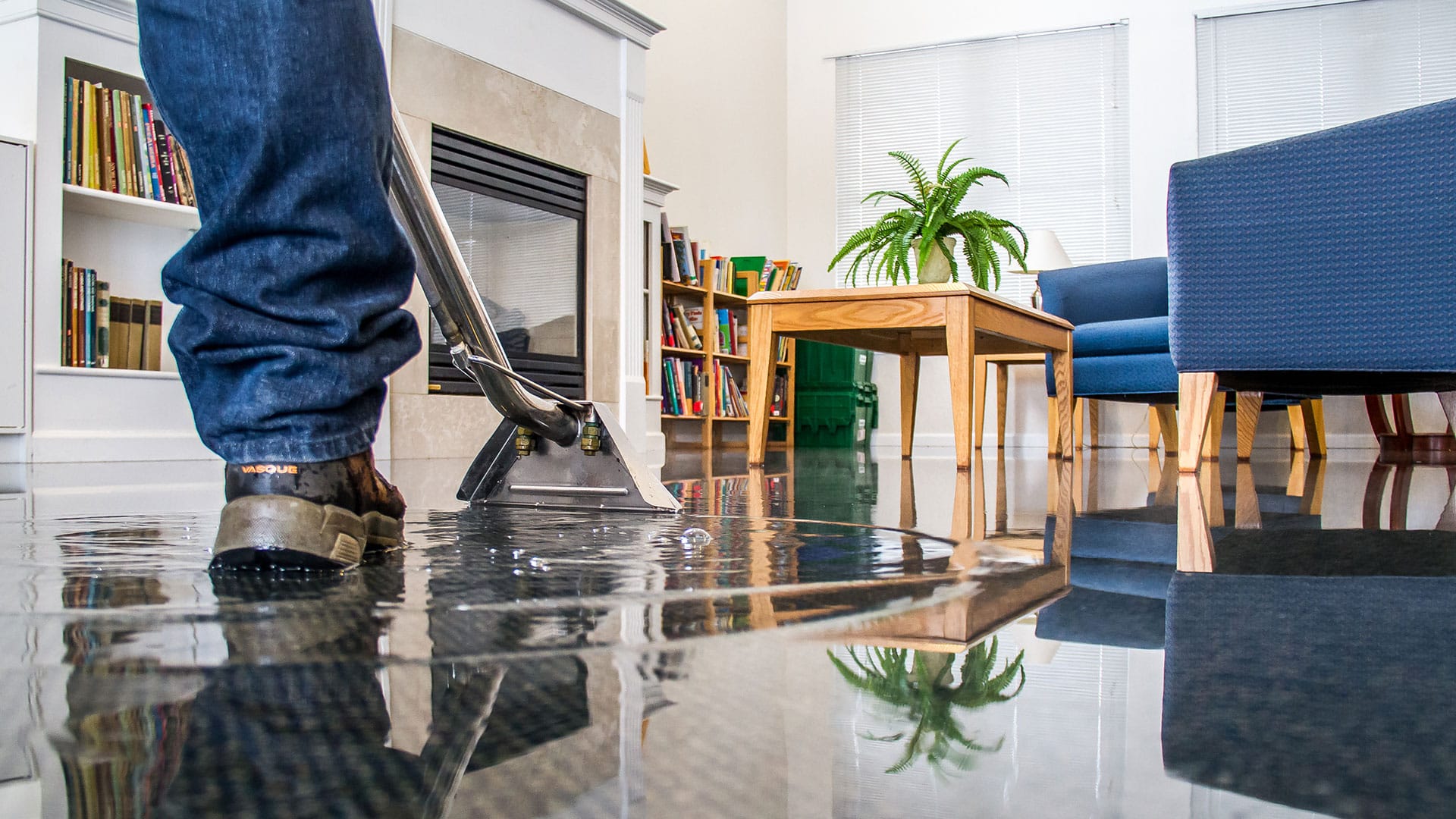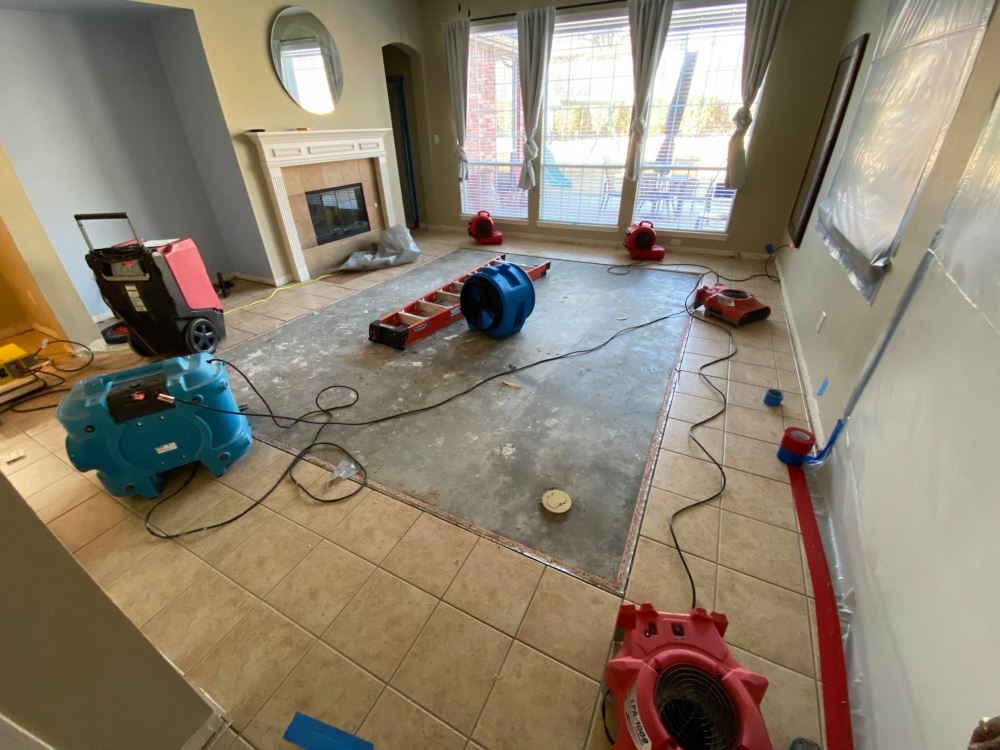The must-know homeowner’s reference for Water Damage Restoration
Water Damage Restoration 101: Comprehending the Process and Expense
Water damage can strike unexpectedly, leaving homeowners in a state of confusion. Recognizing the remediation process is necessary for effective healing. From evaluating the damage to picking the ideal company, each step influences the total end result and price. Elements such as the kind of water damage and seriousness additionally play a substantial duty. What are the particular techniques made use of in repair, and exactly how can one get ready for potential costs?
Kinds Of Water Damage
Water damage can occur from different resources, each offering one-of-a-kind obstacles for reconstruction. The three primary kinds of water damage are classified based on contamination degrees: tidy water, grey water, and black water. Tidy water stems from resources like busted pipes or rain, positioning marginal health and wellness threats. Gray water, which includes wastewater from sinks or washing devices, includes pollutants that might cause pain or disease if consumed. Black water, one of the most harmful classification, originates from sewage or floodwaters, having damaging bacteria and microorganisms. Each kind requires certain repair strategies and security steps to properly deal with the damage and minimize health threats. Understanding these differences is essential for professionals and property owners entailed in the water damage restoration process.
First Analysis and Examination
A thorough first analysis and assessment are crucial steps in the water damage remediation process. This phase begins with a professional examining the extent of the damage, recognizing the resource of the water breach, and determining the kind of water included - Flood Cleanup Services. Specialists make use of specific equipment to gauge dampness levels in various materials, such as wall surfaces, floors, and furniture. In addition, they examine architectural stability and potential health and wellness hazards, including mold and mildew development. The findings from this inspection educate the restoration strategy, assisting necessary activities and resource allowance. Precise documents of the damage is essential for insurance policy claims and future recommendation. On the whole, this first analysis prepares for efficient repair, ensuring a thorough action to the details situation at hand

Water Removal Techniques
Complying with the preliminary evaluation, effective water removal methods are used to reduce damage and avoid further issues. These methods entail making use of customized tools such as industrial-grade vacuum cleaners and submersible pumps. The choice of method depends on the quantity of water present and the kind of products impacted. For standing water, submersible pumps are usually used for rapid removal, while vacuums are suitable for extracting water from rugs and furniture. In addition, progressed techniques like water removal mats might be used for hard-to-reach areas. The objective is to remove as much water as possible, lessening the capacity for mold and mildew development and structural damage. Trigger and efficient water removal is essential in the general water damage remediation process.
Drying Out and Dehumidification Process
Once the water removal is full, the drying out and dehumidification procedure comes to be essential to recovering the damaged area. This phase generally uses industrial-grade dehumidifiers and air movers to properly lower wetness levels. The dehumidifiers reel in wet air, removing excess moisture, while air moving companies flow air to speed up dissipation. Monitoring equipment is typically utilized to track humidity and temperature degrees, making sure perfect drying problems. The duration of this procedure can vary depending on the degree of the water damage and environmental factors. It is vital to completely dry all affected materials, including walls, floor covering, and home furnishings, to stop mold and mildew growth and architectural damage. Proper implementation of this step is important for a successful reconstruction result.
Cleansing and Sterilizing Damaged Areas

Preliminary Assessment and Inspection
Prior to starting any type of restoration efforts, a detailed initial analysis and inspection of the influenced locations are essential for efficient cleaning and sterilizing. This process includes recognizing the level of water damage, establishing the source of the water intrusion, and reviewing the materials impacted. Assessors commonly look for indicators of mold and mildew growth, structural honesty problems, and damaged possessions. The evaluation likewise includes inspecting wetness levels making use of specific devices to guarantee no covert water pockets continue to be, as these can cause more issues. Documenting the searchings for is necessary for preparing the next action in the reconstruction process. A thorough first analysis enables remediation specialists to devise a targeted technique for effective cleaning and disinfecting, eventually reducing damage and wellness dangers.
Cleansing Strategies and Products
Reliable cleaning and sterilizing of water-damaged areas require a selection of products and techniques customized to the details products impacted. For permeable surfaces like drywall and carpeting, extraction methods are important to get rid of excess wetness, adhered to by deep cleansing with specialized cleaning agents. Non-porous products such as floor tile or metal can be cleaned up making use of commercial-grade cleansers that successfully eliminate impurities. Steam cleansing is one more effective strategy, especially for carpetings and furniture, as it utilizes heats to eliminate microorganisms and mold. In addition, environment-friendly items are significantly preferred for their safety and security and efficacy. Inevitably, selecting the proper cleaning methods and items not only ensures instant sanitation however additionally aids in avoiding further damage and health and wellness risks have a peek at this site connected with water breach.
Sanitization and Disinfection Techniques
When addressing water damage, correct sanitization and sanitation approaches are vital to ensure the safety and security and health of the damaged atmosphere. After first cleansing, surface areas have to be treated with ideal disinfectants to get rid of virus, mold and mildew, and microorganisms that grow in wet problems. Common methods include the usage of EPA-approved chemical disinfectants, which can be applied via spraying or cleaning strategies. Additionally, ultraviolet (UV) light systems can efficiently sanitize areas by reducing the effects of microorganisms without harsh chemicals. The option of technique frequently relies on the kind of products impacted and the level of contamination. Inevitably, thorough sanitization not just brings back a risk-free home however likewise aids protect against future health threats associated with sticking around dampness and mold development.

Repairs and Restoration Options

Aspects Influencing Restoration Prices
The extent of water damage directly impacts the remediation costs house owners can anticipate to incur. Variables such as the source of the water, the period of exposure, and the damaged products significantly influence rates. Tidy water damage from a damaged pipe is generally less expensive to recover contrasted to damage triggered by sewage (Water Damage Restoration). Additionally, the degree of contamination determines the need for specialized cleansing and disposal services, better increasing costs. Geographic place likewise contributes, as local labor prices and schedule of reconstruction solutions can vary. Finally, the urgency of the action influences costs; quicker interventions commonly bring about lower overall expenses by preventing more damage. Comprehending these elements is vital for home owners when approximating repair prices
The 3 main types of water damage are classified based on contamination degrees: clean water, grey water, and black water. A complete first evaluation and examination are crucial actions in the water damage remediation procedure. For standing water, completely submersible pumps are typically used for rapid removal, while vacuum cleaners are optimal for drawing out water from rugs and upholstery. The level of water damage straight influences the repair costs house owners can anticipate to sustain. Clean water damage from a damaged pipe is normally less pricey to restore compared to damage created by sewer.